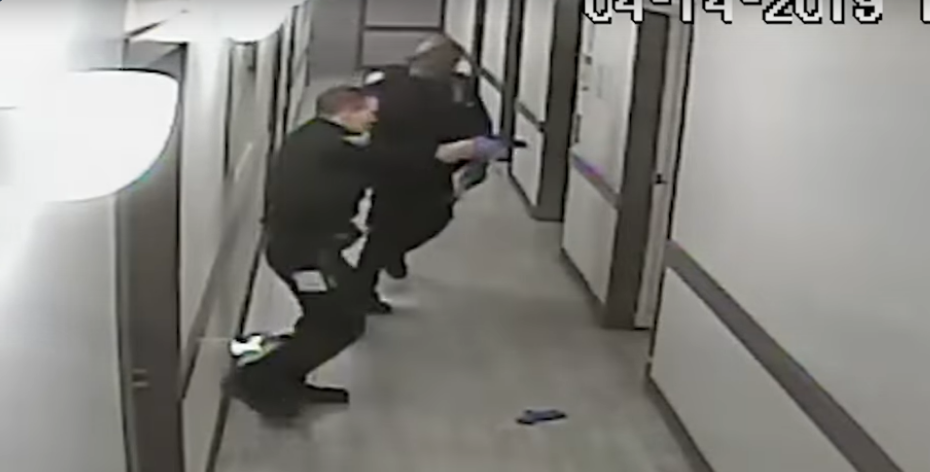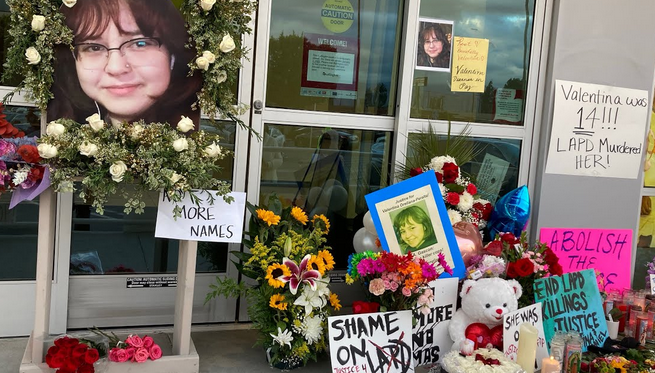There are many aspects to a successful energy revolution that moves human society off of fossil fuels and onto a genuinely clean, just, and jobs-creating renewable energy path.
But there’s at least one indispensable aspect: the electrification of our energy system.
We can’t keep burning polluting coal, oil and/or gas to access the power which fuels our transportation vehicles, provides for heat in the winter and cooler air in the summer, and allows us to use electricity for all of our many devices, appliances and other power-using inventions. We must make a shift to getting all, or almost all, of that power from electricity generated by non-polluting energy sources like wind and solar.
Fortunately, the world is clearly on this path, if still with a ways to go on the journey. Unfortunately, as we have seen over the past four years in the USA, if people like Trump are in charge, this transition can be slowed down and gummed up.
It can’t be stopped; there’s too much momentum, and for not just environmental but for economic reasons. Wind and solar and possibly other clean technologies are a better deal economically than fossil fuels. But the transition can be slowed down, and that is a huge problem since we’re already so far behind where we need to be because of the fossil fuel industry’s continuing, if decreasing, political power.
That is why the campaign to transform FERC, the Federal Energy Regulatory Commission, into FREC, our Federal Renewable Energy Commission, is so timely and strategic.
This campaign was initiated last year by Beyond Extreme Energy and has been signed onto so far by 236 organizations, Senators Bernie Sanders and Elizabeth Warren, and others. A 13 minute, well-received video, FERC Into FREC, was produced and released earlier this year, and this fall BXE began to circulate a nine-page Legislative Proposal to House and Senate offices with specific ideas on what a new FREC would look like and how it would function. We’ve been pleased by the response we’re getting.
There is historic precedent for Congress taking this step. In 1935 Congress transformed the Federal Power Commission, created in the 1920’s, into an independent regulatory agency. It was authorized to regulate both hydropower and interstate electricity.
In 1977 the FPC was renamed the Federal Energy Regulatory Commission as an independent agency within the newly-created Department of Energy. Its primary mandate was to regulate the electricity grid. Since then its responsibilities have expanded, including that of making decisions about the expansion of the “natural” gas industry, today a primarily fracked gas industry.
Today, in 2020, its time for the former FPC, now FERC, to be transformed into the 21st century, renewables first, transparent and community-involving electricity regulatory agency we need. As part of the Green New Deal, we need a new FREC.
BXE has identified five central points that we see as essential for a new FREC to be what the times call for:
-Commissioners of FREC must be champions of renewable energy and free of conflicts of interest.
-FREC would be funded through appropriations, not industry fees which encourage corruption.
-FREC would actively seek input and involvement from environmental justice communities, Indigenous, people of color and low-income, which have historically and disproportionately suffered most from fossil fuel operations
-FREC would actively promote community involvement in decision-making as a new electrical grid is built based on renewables with storage
-There would no longer be any eminent domain for private gain, no tolling, no forcing landowners into court as standard operating policy.
There is little doubt that changes are coming for FERC. It is no longer an out-of-the-public-eye, industry-controlled agency rubber-stamping virtually every single gas industry permit for expansion the industry applies for.
Earlier this year the House Committee on Oversight and Reform released a report revealing that over the last 20 years, FERC has approved 1,021 gas industry permit applications and rejected no more than six. And the House Select Committee on the Climate Crisis, set up by Nancy Pelosi last year, put forward 40 pages of proposals for FERC reform in its 547 page document released this summer.
BXE believes that many of these reforms would be an improvement, but the fact is that FERC’s historic connections to the fossil fuel industry are wide and deep. News stories have reported on the revolving door for FERC staff and leadership with industry. We just cannot trust it.
This is true even if, under Joe Biden’s Presidency, he appoints, as is likely, the sole, current Democratic commissioner, Richard Glick, as a new Chairperson. It will be true even if, come next summer, it will be possible for there to be three Democratic and two Republican commissioners, as distinct from the Republican numerical dominance that has been the case under Trump. Over those 20 years of gas industry permit rubber stamping by FERC, there were many years when Democratic commissioners were in the majority.
But what if a Richard Glick-led Democratic majority takes a different course, makes a genuine effort to change FERC from the inside? That would be an improvement, but as long as FERC’s mission in relation to renewable energy is ambiguous, as is true right now; as long as FERC leadership can be deeply immersed in fossil fuel industry connections; and as long as, come 2024, a new Republican President could be elected who can jam things up the way that Trump did, we cannot expect FERC to be what is needed.
We need a new FREC with a clear, Congressionally mandated mission to give leadership in the urgent, fossil-fuels-to-renewables transition and a FREC leadership that is actually committed to doing that. We need to dismantle FERC and replace it with a Federal Renewable Energy Commission.
Ted Glick is a volunteer organizer with Beyond Extreme Energy, He is the author of the recently-published “Burglar for Peace: Lessons Learned in the Catholic Left’s Resistance to the Vietnam War.”
More information can be found at https://tedglick.com, and he can be followed on Twitter at https://twitter.com/jtglick












